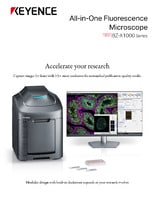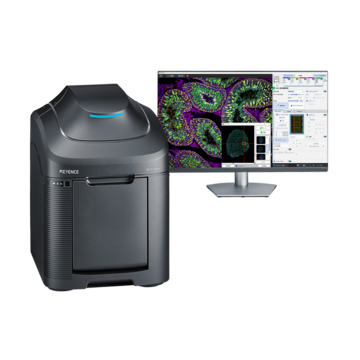Fluorescence Microscopes
Bright, high-definition imaging
Polypropylene (PP) films are produced by applying heat to plastic to melt and extend it.
Sometimes, foreign particles mixed in raw materials and non-fused matter cause defects called “fish eyes.”
In many cases, however, these defects are difficult to see clearly due to their poor contrast.
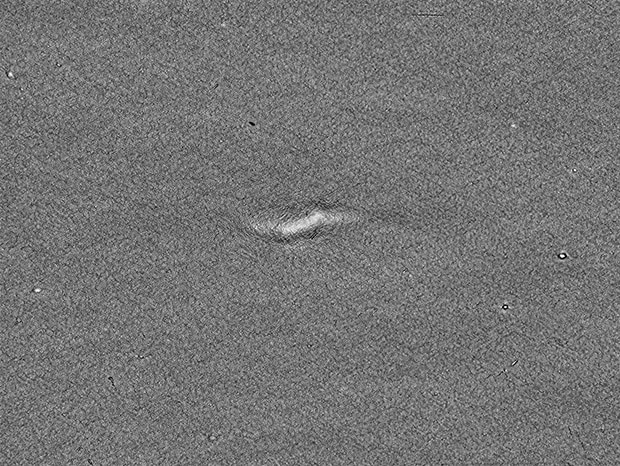
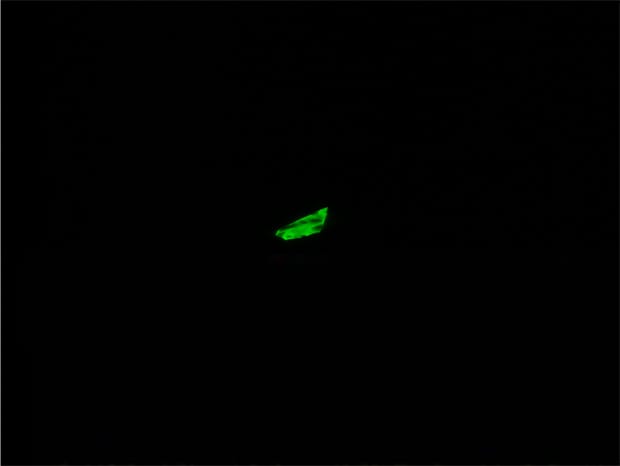
Visualization with fluorescence
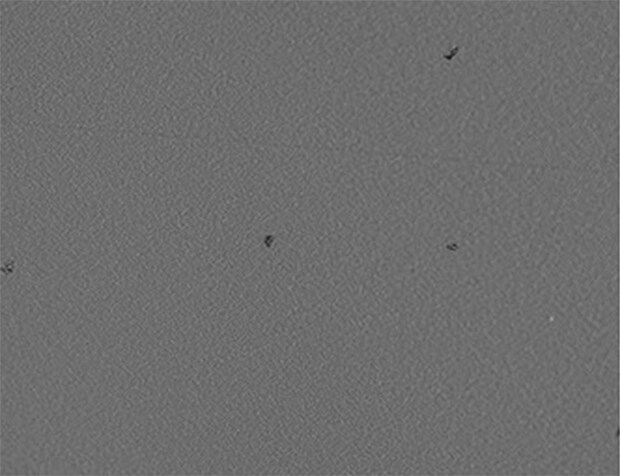
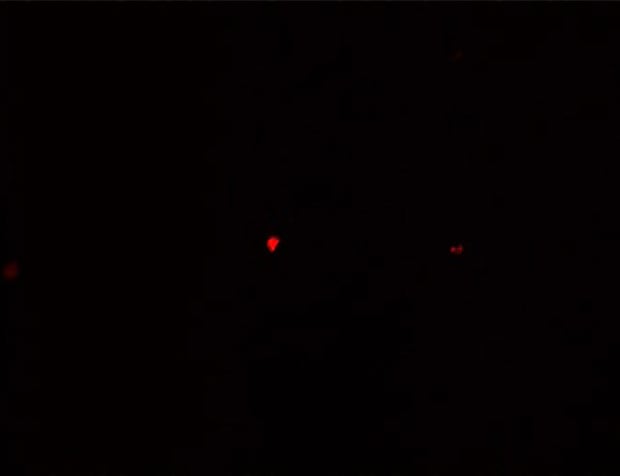
Using the All-in-One Fluorescence Microscope BZ-X
- Even in cases where defective parts are difficult to detect through normal observation, fluorescent observation makes such parts shine, thereby facilitating their detection.
- Fluorescence observation can be performed easily because no darkroom is necessary.
- If each fish eye responds to different fluorescent wavelengths, the results can also be applied to identify the causes of the defects.

